
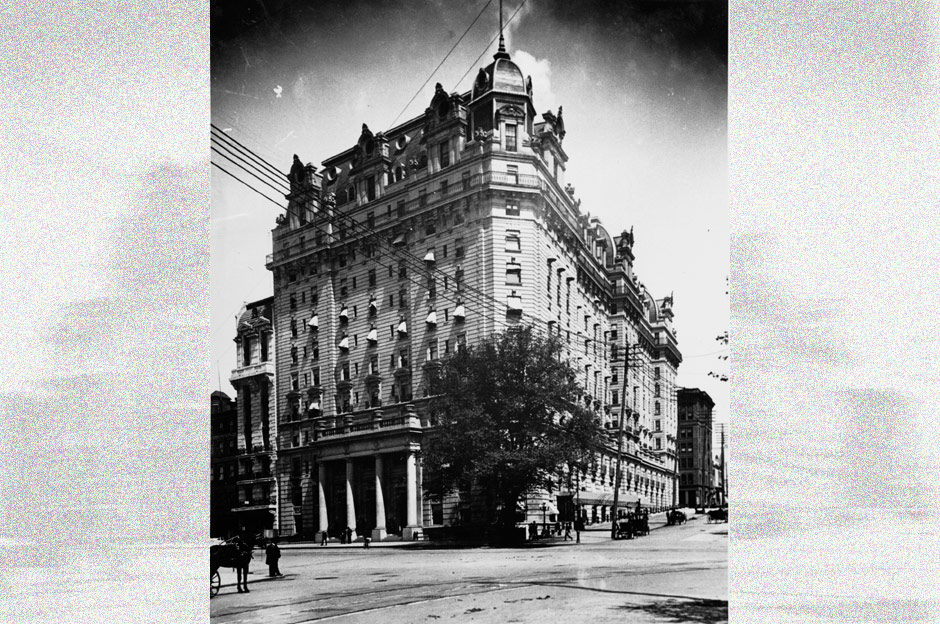
At the dawn of the 20th century, plague, malaria, and yellow fever killed tens of thousands, threatening the future of such ambitious projects as the Panama Canal. The average lifespan in the United States was less than 50. Nonetheless, optimism prevailed and brought the Americas together to meet new challenges, especially in health.
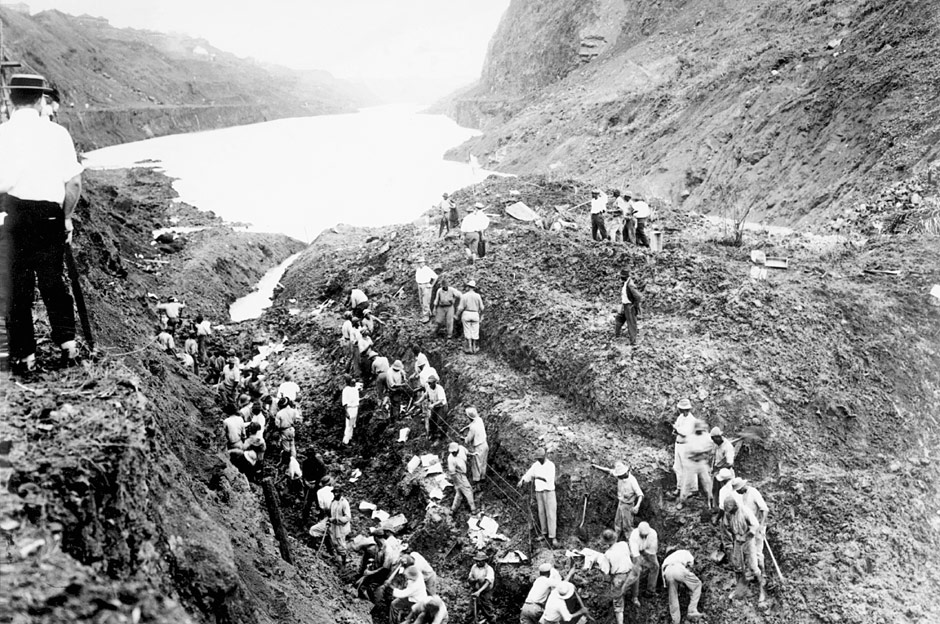
At the dawn of the 20th century, plague, malaria, and yellow fever killed tens of thousands, threatening the future of such ambitious projects as the Panama Canal. The average lifespan in the United States was less than 50. Nonetheless, optimism prevailed and brought the Americas together to meet new challenges, especially in health.

The Region of the Americas boasts a long tradition of working together, recognizing the strength of the whole as well as the diversity of individuals. Throughout PAHO’s history, technical cooperation in health has meant uniting forces, sharing, volunteering, contributing, and learning.
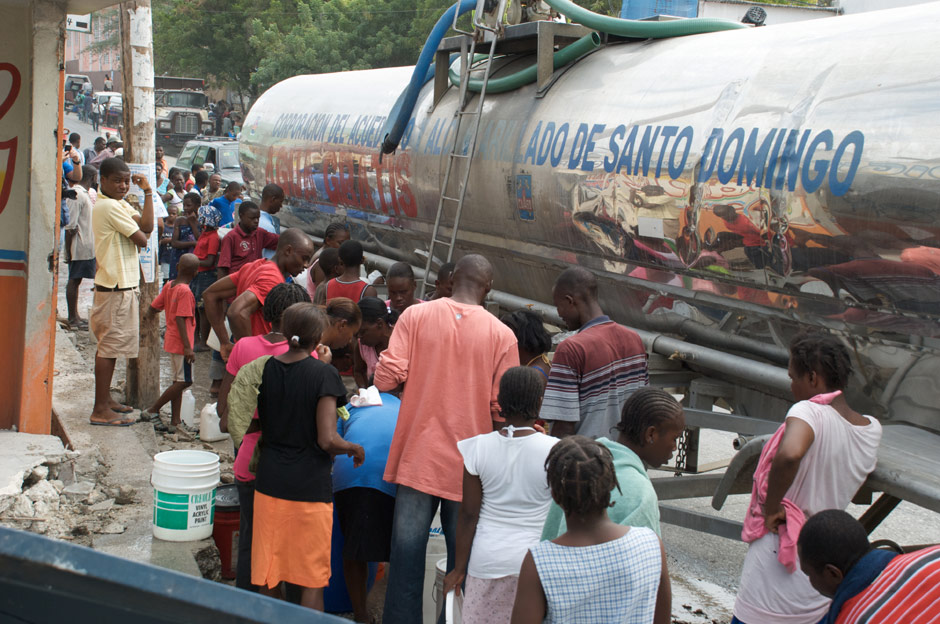
The Region of the Americas boasts a long tradition of working together, recognizing the strength of the whole as well as the diversity of individuals. Throughout PAHO’s history, technical cooperation in health has meant uniting forces, sharing, volunteering, contributing, and learning.
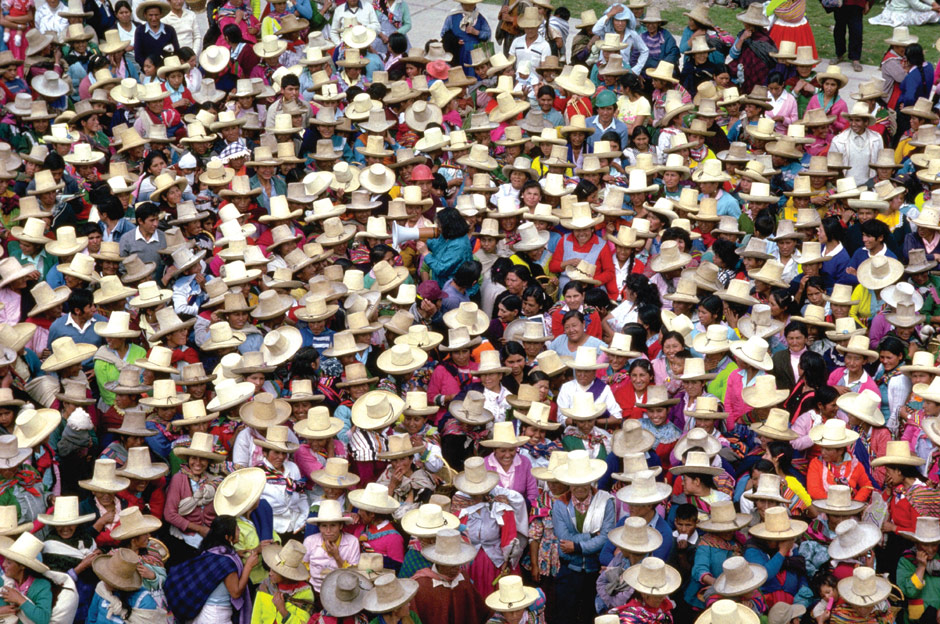
Communication and education link health information with the community. Action inspired by knowledge and information and spread through a variety of means helps prevent disease, promote health, end ignorance, and overcome stigmas.
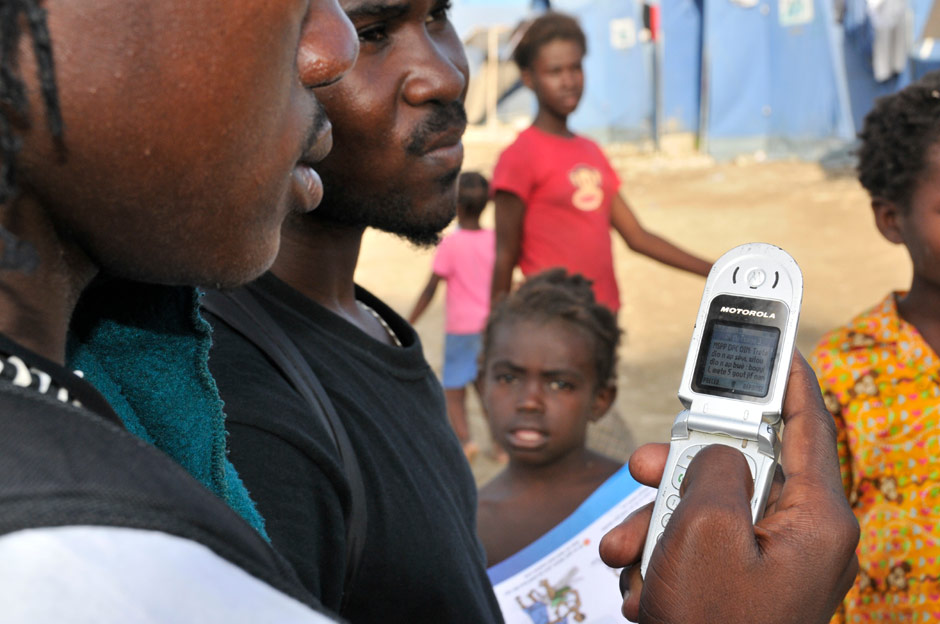
Communication and education link health information with the community. Action inspired by knowledge and information and spread through a variety of means helps prevent disease, promote health, end ignorance, and overcome stigmas.

Public health workers in the Americas have been on the frontlines combating diseases such as smallpox, polio, and measles. With the passion of soldiers, these health workers fight disease with public health interventions to create a healthier world for everyone.

Public health workers in the Americas have been on the frontlines combating diseases such as smallpox, polio, and measles. With the passion of soldiers, these health workers fight disease with public health interventions to create a healthier world for everyone.
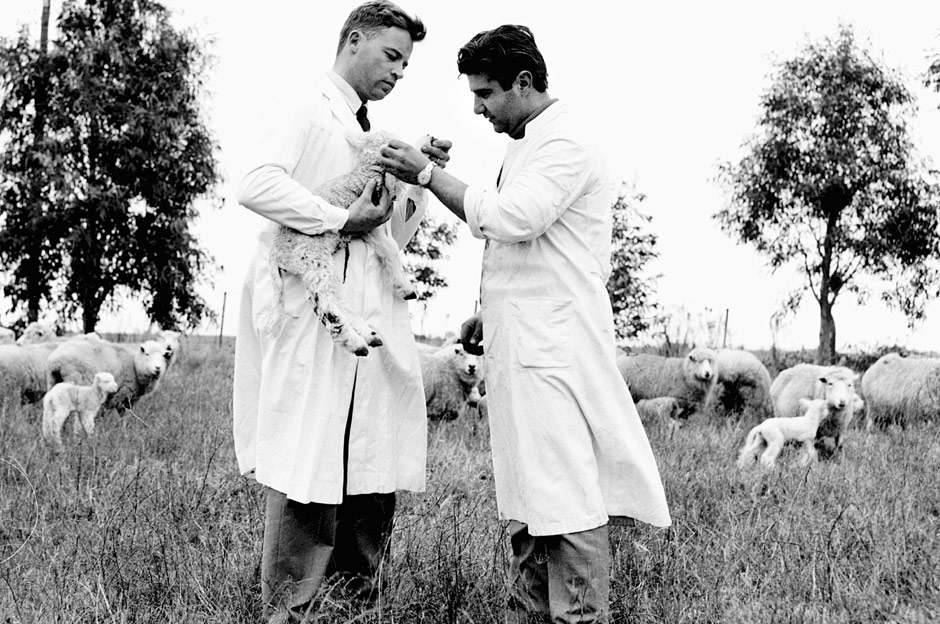
The healthy faces of the people of the Americas reflect their lives, aspirations, and dreams. Their work translates into economic development for all the Americas. Investments in health today make possible progress and development for the Americas' future.
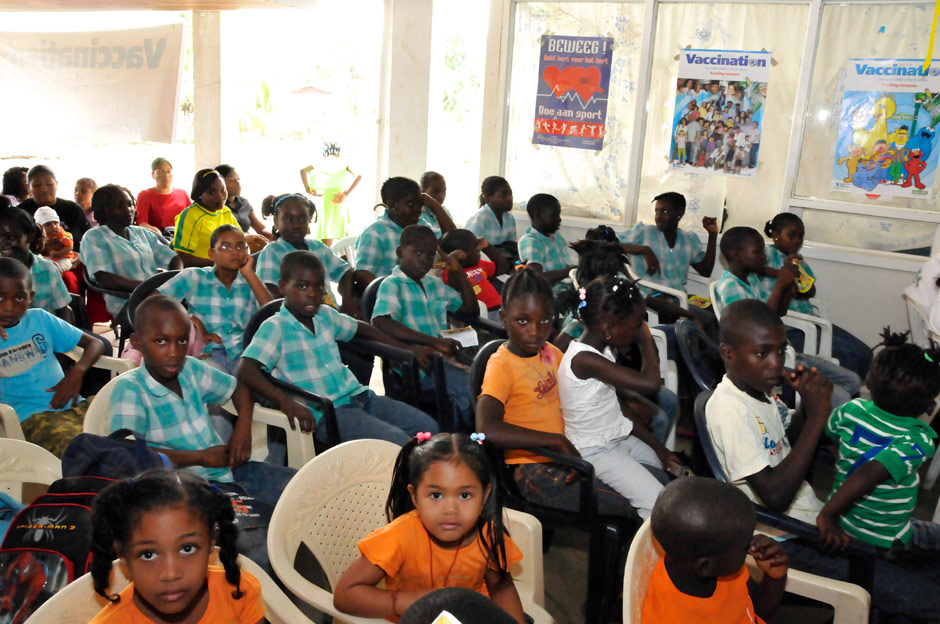
The healthy faces of the people of the Americas reflect their lives, aspirations, and dreams. Their work translates into economic development for all the Americas. Investments in health today make possible progress and development for the Americas' future.

The mysterious and the mundane, the sacred and the profane are all part of the environment that makes up the Americas. Rural villagers share with urban dwellers the need to protect water, land, air, and health. Humankind interacts in an increasingly linked and sometimes chaotic world.
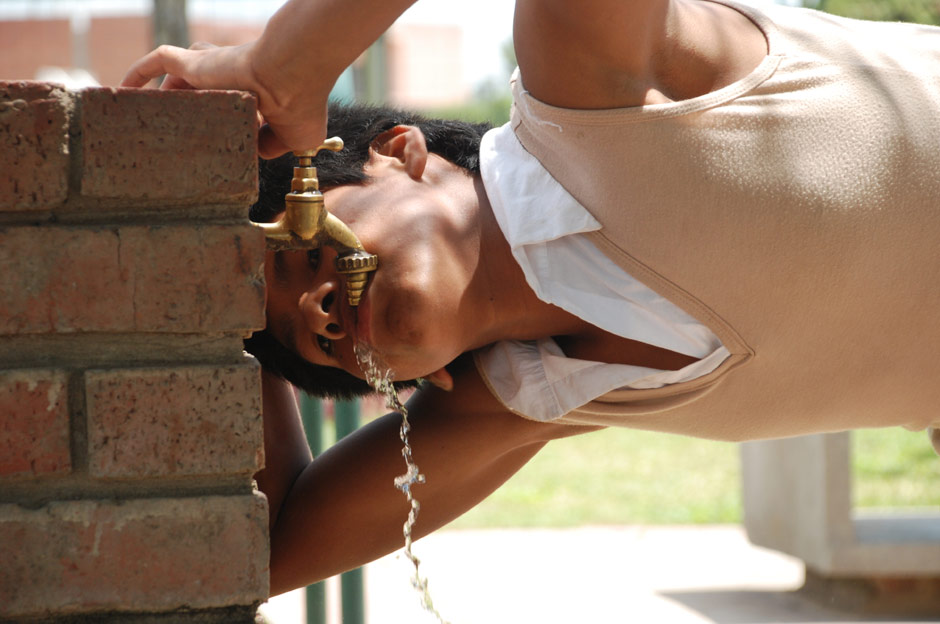
The mysterious and the mundane, the sacred and the profane are all part of the environment that makes up the Americas. Rural villagers share with urban dwellers the need to protect water, land, air, and health. Humankind interacts in an increasingly linked and sometimes chaotic world.
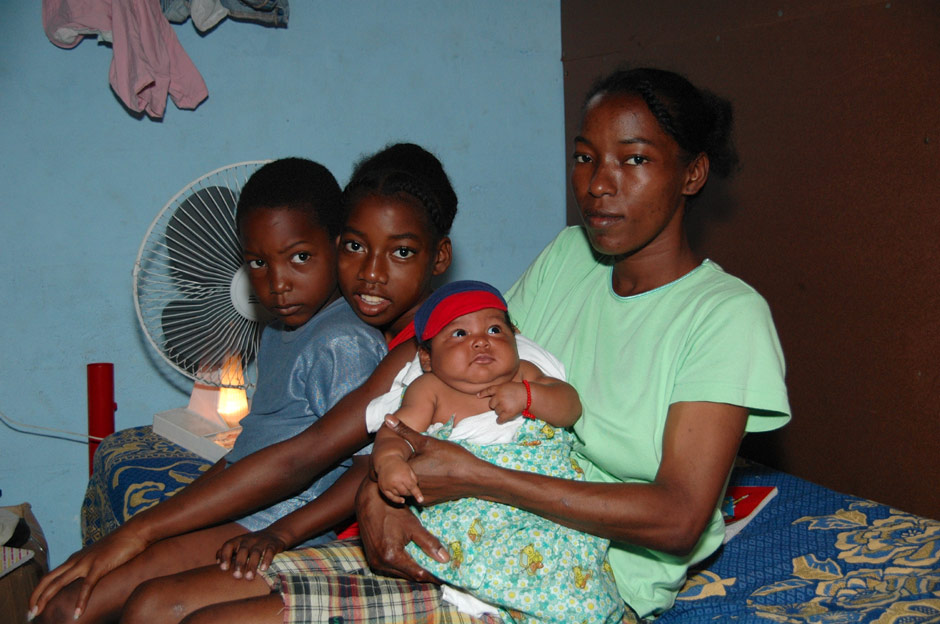
Life expectancy in the Americas stands at 76, compared with 72 a decade ago, and infant mortality continues to fall. But the work to end disparities in health and create a better world for all never stops. Children inherit the dreams and realities of those who came before them. Today’s sunset gives rise to tomorrow’s dawn.
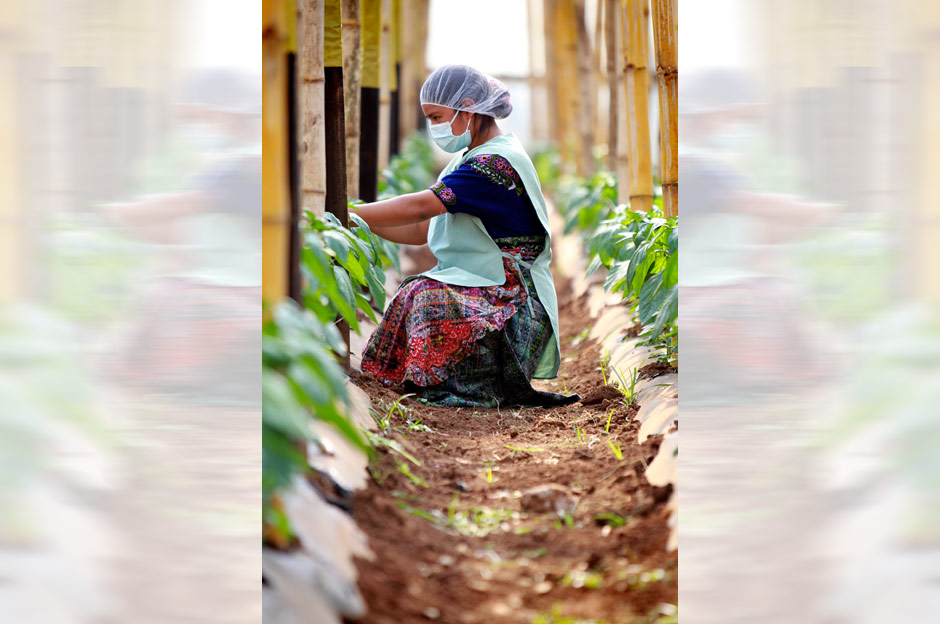
Life expectancy in the Americas stands at 76, compared with 72 a decade ago, and infant mortality continues to fall. But the work to end disparities in health and create a better world for all never stops. Children inherit the dreams and realities of those who came before them. Today’s sunset gives rise to tomorrow’s dawn.
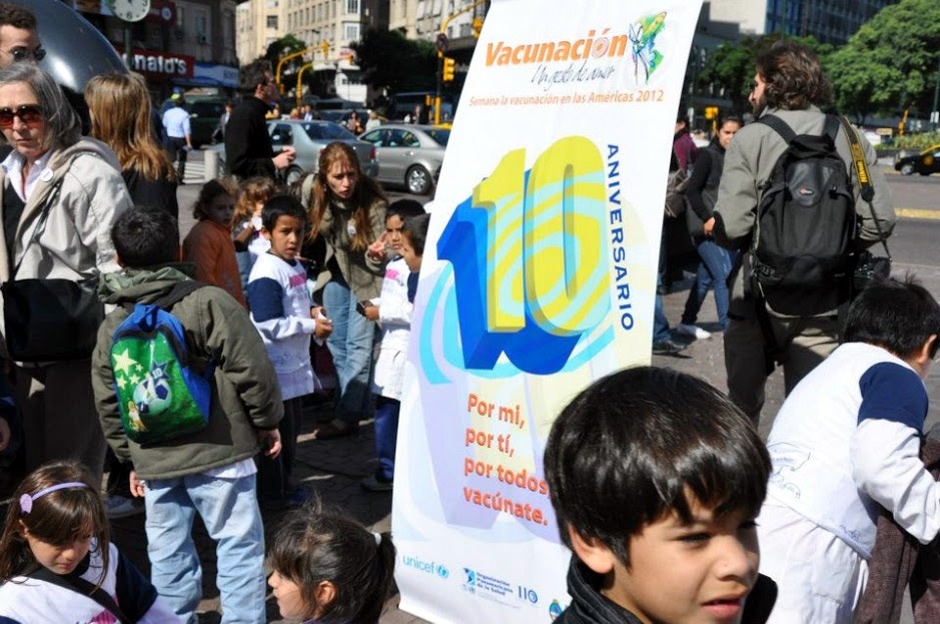
A major regional health milestone was the celebration in 2012 of the 10th anniversary of Vaccination Week in the Americas (VWA), the Region's largest Pan American health initiative. Including 44 million men, women, and children targeted in 45 countries and territories in 2012, VWA is estimated to have reached a total of more than 400 million people in its 10-year lifespan.

Thanks in large part to interest generated by VWA and to active outreach by its supporters, a growing number of WHO regions launched their own vaccination weeks during the decade. The culmination of all these efforts—and the realization of a global health dream—was the participation of more than 180 countries and territories from all six WHO regions in the first-ever World Immunization Week in 2012.
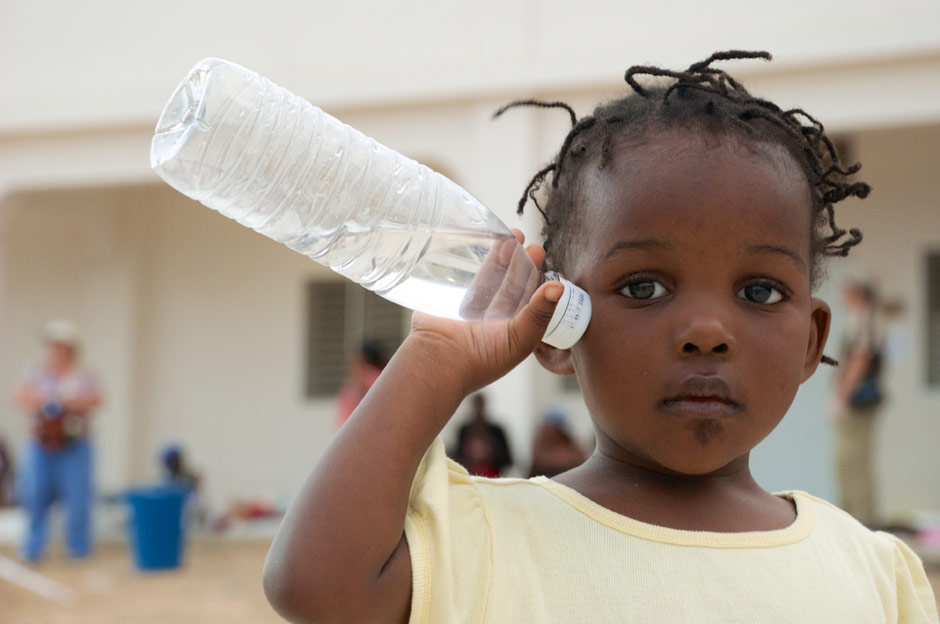
Children’s faces reflect the strength and hope needed to continue working for health for themselves and their families. In Haiti, the cholera outbreak has affected nearly half a million people and has claimed the lives of more than 6,600. The Pan American Health Organization, governments, organizations, and institutions from around the world continue to work together to mitigate the impact of the disease.
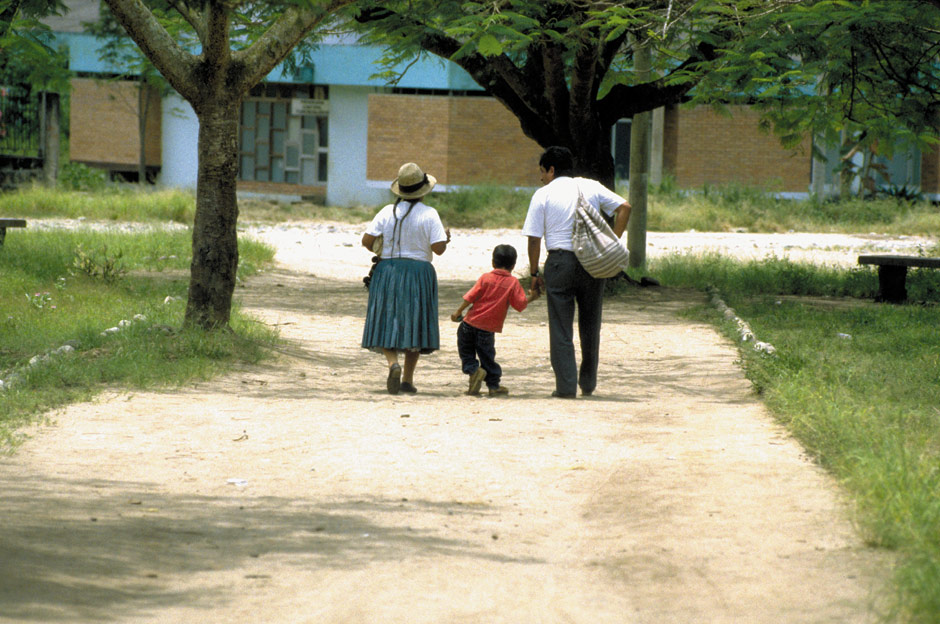
Among the outstanding achievements in public health history, the eradication of polio in the Americas in 1994 exemplifies Pan Americanism and what can be achieved by working together. This image depicts the last child infected by wild polio virus in the Americas.
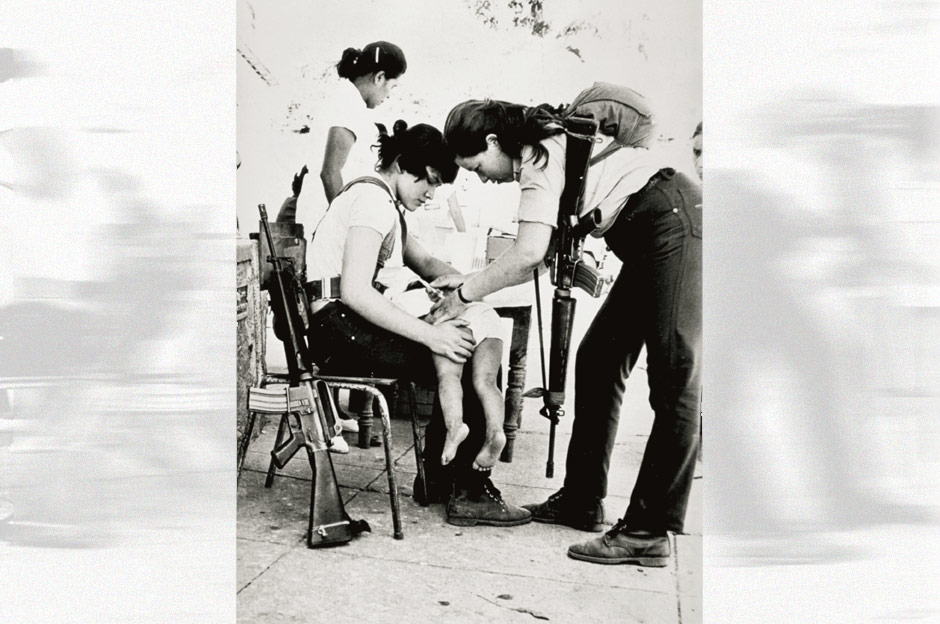
In the mid-1980s, governments in the Americas created "Health: a bridge for peace," a model initiative that allowed children to receive vaccinations as warring forces laid down their weapons.
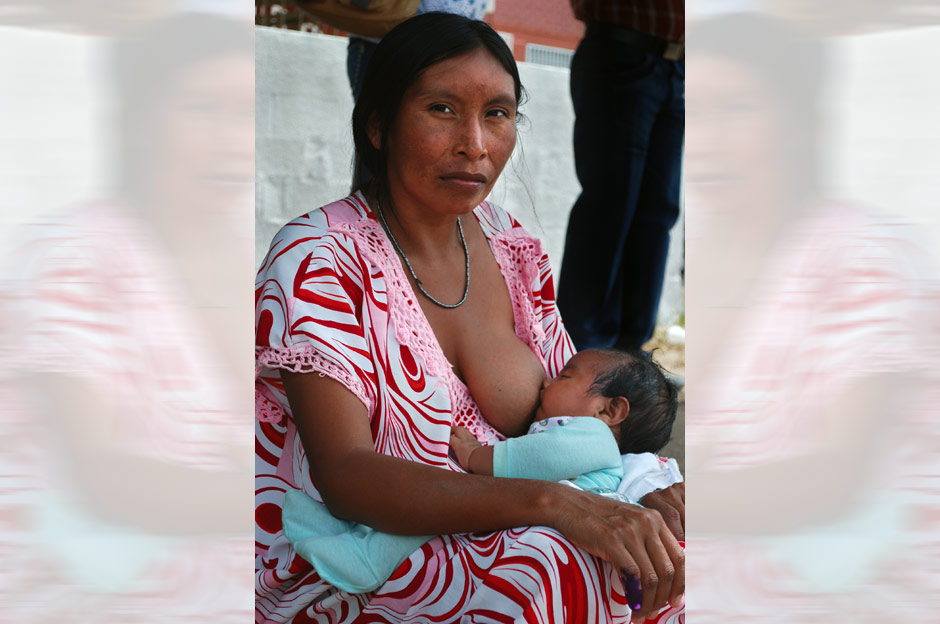
The Safe Motherhood Initiative is a call to the countries of the Region to redouble their efforts to meet the targets of Millennium Development Goal 5: reduce by three quarters, between 1990

At the dawn of the 20th century, plague, malaria, and yellow fever killed tens of thousands, threatening the future of such ambitious projects as the Panama Canal. The average lifespan in the United States was less than 50. Nonetheless, optimism prevailed and brought the Americas together to meet new challenges, especially in health.